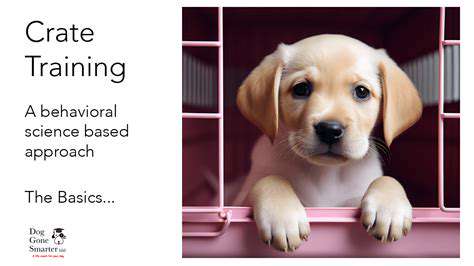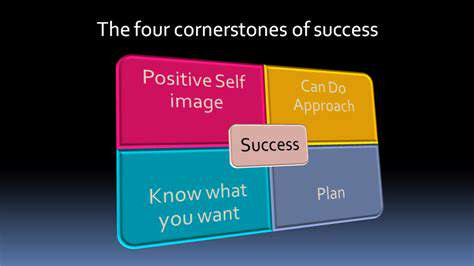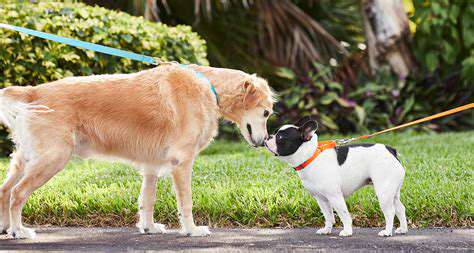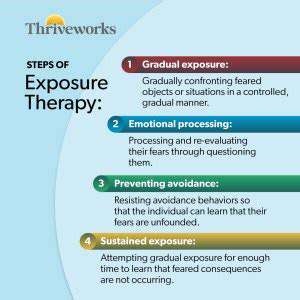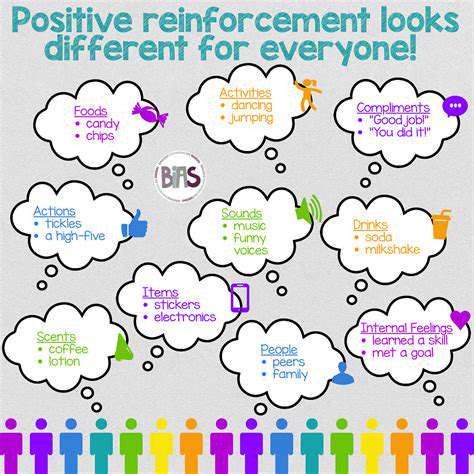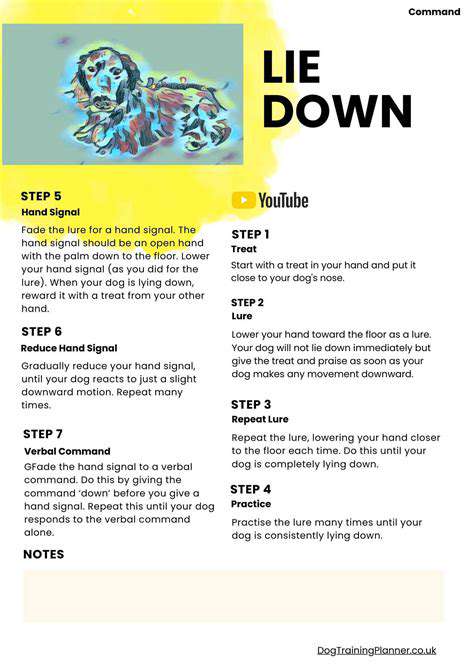We provide practical advice and step-by-step guides on socialization, obedience training, and behavior management. Our goal is to empower you with the knowledge and tools needed for a strong, positive relationship with your puppy.
Building on the Basics: Obedience Training for Adolescent Puppies (3 6 Months)
Jul 18, 2025
Teaching Your Puppy to Get Used to Being Touched by Different People
Jul 18, 2025
Introducing Your Puppy to Crates and Carriers with Positive Socialization
Jul 18, 2025
From Flyball to Dock Diving: Discovering Fun Dog Sports
Jul 17, 2025
Loose Leash Liberty: Training Your Adult Dog Not to Pull
Jul 17, 2025
Socializing Your Puppy with People of Different Races and Backgrounds
Jul 17, 2025
Training Stubborn Puppies: Patience and Perseverance Pay Off
Jul 16, 2025
Consistency is King: Why Repetition and Routine Are Crucial in Puppy Training
Jul 16, 2025
Introducing Your Puppy to People Wearing Hats and Sunglasses
Jul 16, 2025
Developing a Puppy Socialization Plan Based on Your Lifestyle
Jul 15, 2025
Early Human Interactions: Raising Friendly and Confident Dogs
Jul 15, 2025
- Clear verbal commands- Positive reinforcement with treats- Gentle body gestures- Visual cues like hand signalsBy blending these styles, you create a comprehensive training environment that caters to your puppy's learning style. Benefits of Adapting Your Training ApproachAdapting your training to include various communication styles offers multiple benefits:- Accelerates learning and obedience- Builds stronger bonds between you and your puppy- Reduces frustration and behavioral issues- Enhances your puppy's confidence and social skills Practical Tips for Implementation- Observe your puppy’s reactions to different cues- Use consistent signals to avoid confusion- Combine verbal commands with visual gestures- Be patient and adjust your methods as needed- Incorporate short, frequent training sessions for better retention Visual Learning and Training ToolsUtilize visual aids and training tools to reinforce communication. Clear hand signals and visual cues can be particularly effective for puppies that are more visually oriented. Incorporating images and demonstrations, like the one shown in the accompanying picture, can improve understanding and retention.---By customizing your training approach to include various communication styles, you ensure your puppy learns in a positive, engaging, and effective manner. A flexible, responsive training plan not only enhances obedience but also fosters a trusting and loving relationship between you and your furry companion.Start today by evaluating your puppy’s preferred communication methods and integrating diverse techniques into your training routine for the best results!
Jul 15, 2025
Continuing Socialization After the Puppy's Critical Period
Jul 15, 2025
Creating a Puppy Socialization Checklist for Various Environments
Jul 14, 2025
Getting Your Puppy Used to New Neighborhoods and Routes
Jul 14, 2025
Creating Safe and Enriching Socialization Opportunities at Home
Jul 14, 2025
Environmental Management Techniques to Reduce Dog Barking
Jul 14, 2025
Urban Puppy Socialization: Thriving in the Urban Jungle
Jul 13, 2025
Preventing Jumping on People with "Sit" and "Lie Down"
Jul 13, 2025
Training Rescue Puppies in Basic Commands: Building Trust and Understanding
Jul 12, 2025
Hot Recommendations
-
*The Impact of Early Socialization on a Dog's Interaction with Other Animals
-
*Car Travel and Puppy Socialization: Making the Journey a Positive Experience
-
*The Importance of Early Environmental Exposure for Puppy Development
-
*Taking Your Puppy to the Vet: Positive Socialization Strategies
-
*Making Training a Positive Experience for Your Puppy
-
*Public Transportation and Puppy Socialization: A Step by Step Guide
-
*Safe Socialization: Allowing Others to Pet Your Puppy
-
*Helping a Puppy Who Struggles with "Stay"
-
*Positive Puppy Interactions: Making Meetings with New Friends Fun
-
*No Treats Needed? Training Basic Commands with Verbal Praise


